Preparing for High-Altitude Trekking in Nepal
Nepal, with its towering peaks and breathtaking landscapes, is a paradise for trekkers. High-altitude trekking in Nepal offers a unique experience, from walking amidst snow-capped mountains to immersing in vibrant local cultures. However, trekking at high altitudes presents its own set of challenges. Proper preparation is key to ensuring a safe, enjoyable, and successful trek. This guide from Hilly Chilly will walk you through everything you need to know to prepare for high-altitude trekking in Nepal.
1. Understand High-Altitude Challenges
Altitude is a major factor in treks like the Everest Base Camp, Annapurna Circuit, or the Langtang Valley. As you climb above 2,500 meters (8,200 feet), the air becomes thinner, which means less oxygen with each breath. Some common altitude-related challenges include:
-
Altitude Sickness (Acute Mountain Sickness): Symptoms include headache, dizziness, fatigue, nausea, and shortness of breath.
-
Hypothermia: Temperatures drop significantly in high-altitude areas, especially at night.
-
Physical Exhaustion: Due to the lack of oxygen, even short distances can feel more challenging.
It’s crucial to understand these challenges and prepare accordingly.
2. Physical Fitness Training
High-altitude trekking demands a good level of physical fitness, as trails can be steep, rocky, and extended over multiple days. Training should ideally begin at least 8–12 weeks before your trek:
-
Cardiovascular Endurance: Include activities such as running, cycling, swimming, or brisk walking. Aim for 30-60 minutes of cardio 3–4 times per week.
-
Strength Training: Focus on leg and core exercises to build muscle endurance, which is vital for steep ascents and descents.
-
Flexibility and Balance: Yoga and stretching can improve balance and prevent injuries on uneven terrain.
-
Practice Hiking: Take time to go on hikes with a loaded backpack to simulate the trekking experience.
3. Acclimatization and Trekking Pace
Acclimatization is critical to adapt to the reduced oxygen levels at high altitudes. Here are a few key points to keep in mind:
-
Climb Slowly: Avoid rapid ascents and allow your body time to adjust.
-
Take Rest Days: Most high-altitude trekking routes in Nepal have scheduled rest days for acclimatization; take advantage of these days.
-
Stay Hydrated: Dehydration worsens altitude sickness. Drink plenty of water, herbal tea, or soups throughout the day.
-
Follow the ‘Climb High, Sleep Low’ Principle: If possible, ascend higher than you sleep, which helps your body gradually adapt to the altitude.
4. Pack the Right Gear
Having the correct equipment is essential for comfort and safety. Essential items include:
-
Clothing Layers: Base layer, insulating layer, and waterproof/windproof outer layer. Layers help regulate body temperature and adapt to changing weather.
-
Trekking Boots: Ensure they are well broken in and provide good ankle support.
-
Sleeping Bag: A high-quality, insulated sleeping bag rated for below-zero temperatures is essential.
-
Backpack: A sturdy, comfortable backpack with a rain cover.
-
Sun Protection: At high altitudes, UV exposure is strong, so pack sunglasses, sunscreen, and a wide-brimmed hat.
-
Trekking Poles: These help reduce the impact on your knees and improve stability on rocky or steep terrain.
5. Nutrition and Hydration
Proper nutrition and hydration are vital for maintaining energy and endurance throughout the trek.
-
High-Calorie Snacks: Carry nuts, energy bars, dried fruits, and chocolate to keep your energy levels up between meals.
-
Stay Hydrated: Drink 3–4 liters of water daily. Electrolyte powder can be added to water to replenish minerals lost through sweat.
-
Eat Well: Nepalese teahouses provide carbohydrate-rich meals such as rice, noodles, potatoes, and lentils. These foods are excellent for sustaining energy at high altitudes.
6. Mental Preparation
High-altitude trekking is both physically and mentally challenging. Staying mentally prepared helps manage exhaustion, discomfort, and the unpredictability of high-altitude conditions:
-
Set Realistic Goals: Understand that treks can be physically taxing and that maintaining a steady pace is more important than speed.
-
Stay Positive: Remember that discomfort and challenges are part of the adventure. Embracing these will make your journey more rewarding.
-
Visualize Success: Imagining yourself reaching your destination and enjoying the views can be a powerful motivator.
7. Be Prepared for Emergencies
High-altitude trekking requires precautions, as remote areas can make access to medical assistance challenging:
-
First-Aid Kit: Pack essentials such as bandages, blister care, antiseptics, and medications.
-
Altitude Sickness Medication: Consult with your doctor about carrying medications like acetazolamide (Diamox) as a preventive measure.
-
Trekking Insurance: Ensure you have trekking insurance that covers high-altitude trekking and helicopter evacuation if needed.
-
Know the Symptoms of Altitude Sickness: Recognize symptoms early and descend if symptoms worsen.
8. Respect Local Culture and Environment
Nepal’s trekking regions are home to unique cultures and fragile ecosystems. Respecting local customs and practicing eco-friendly travel is essential:
-
Learn Basic Phrases: Knowing basic greetings in Nepali or local languages is appreciated.
-
Respect Customs: Avoid touching religious items unless invited to do so, and ask for permission before taking photos of locals.
-
Practice Leave No Trace: Carry out all non-biodegradable waste, avoid disturbing wildlife, and refrain from using plastic water bottles by using refillable bottles or water purifiers.
9. Choose the Right Trekking Season
Weather conditions vary widely in Nepal, making certain times of the year more suitable for high-altitude trekking:
-
Autumn (September–November): The most popular season, with stable weather, clear skies, and moderate temperatures.
-
Spring (March–May): Another excellent season with blooming rhododendrons and warm days. However, it can get cloudy in the afternoon.
-
Winter (December–February): While scenic, winter treks are more challenging due to cold weather and snow. Only experienced trekkers should consider winter high-altitude treks.
-
Monsoon (June–August): Not ideal for high-altitude treks due to heavy rains and landslides, although some rain-shadow areas like Mustang and Upper Dolpo are accessible.
10. Trust the Guides and Sherpas
Local guides and Sherpas are invaluable resources for high-altitude trekking. Their knowledge of the trails, weather patterns, and local culture can greatly enhance your experience. In challenging situations, their experience in handling altitude-related issues can be life-saving. Choosing a reputable company like Hilly Chilly ensures you’ll be supported by knowledgeable guides who are well-versed in all aspects of high-altitude trekking in Nepal.
Conclusion
High-altitude trekking in Nepal is an experience of a lifetime, offering incredible views, cultural immersion, and personal accomplishment. However, successful trekking requires physical preparation, the right gear, mental resilience, and respect for the local environment and communities. At Hilly Chilly, we prioritize safety, cultural sensitivity, and responsible trekking practices, making your journey through the Himalayas an unforgettable adventure. Prepare well, trust the journey, and get ready to be awed by Nepal’s majestic high-altitude landscapes.

Nepal, with its towering peaks and breathtaking landscapes, is a paradise for trekkers. High-altitude trekking in Nepal offers a unique experience, from walking amidst snow-capped mountains to immersing in vibrant local cultures. However, trekking at high altitudes presents its own set of challenges
Hilly Chilly


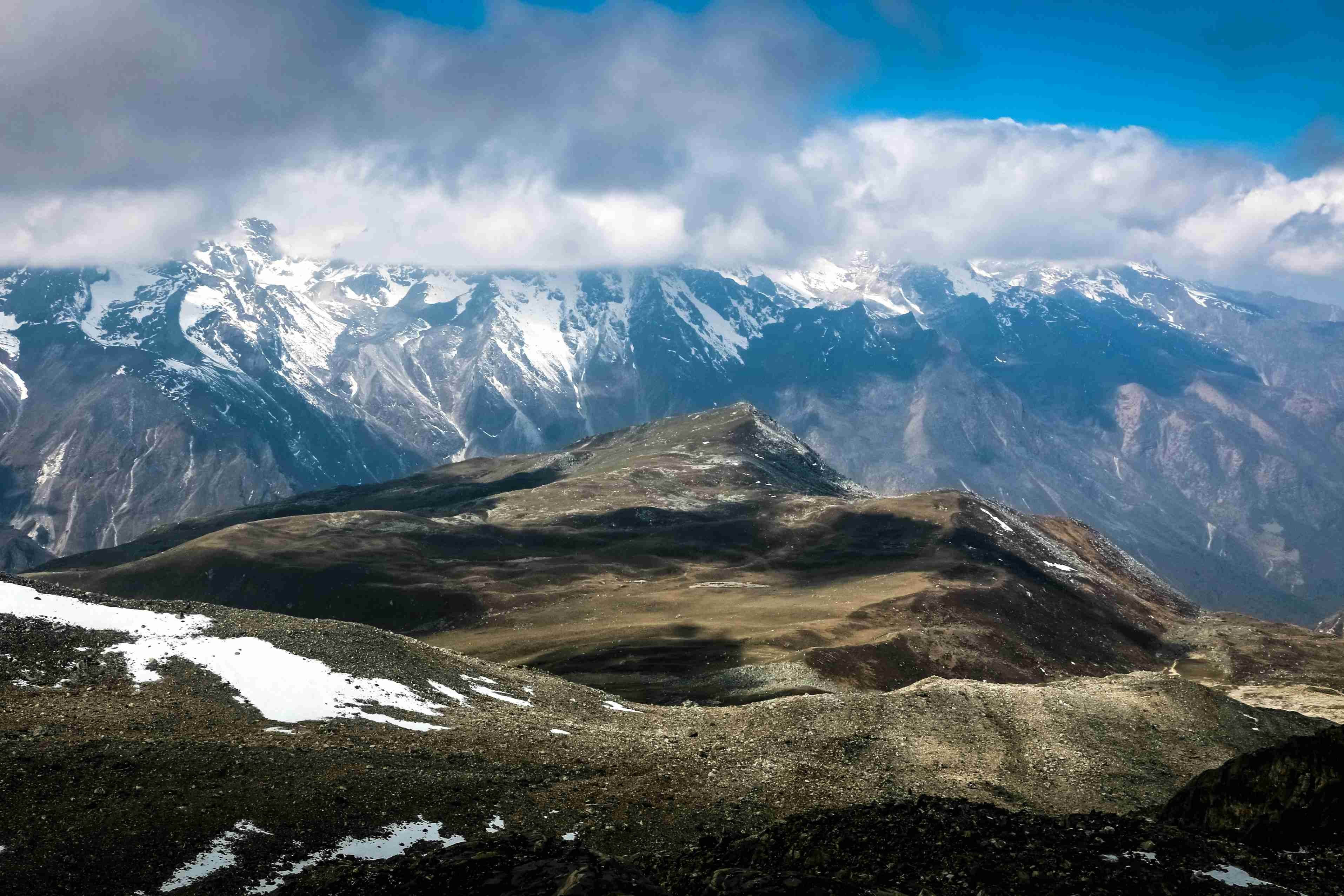
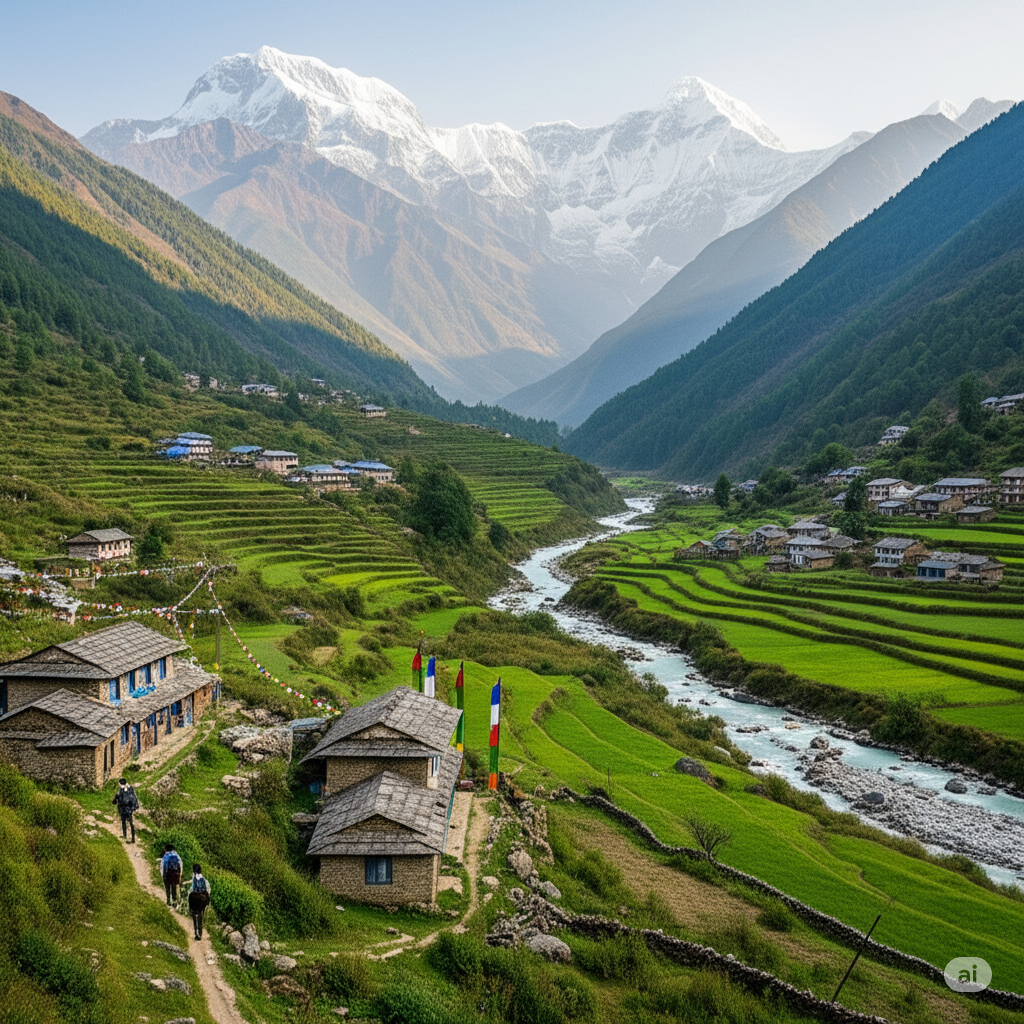
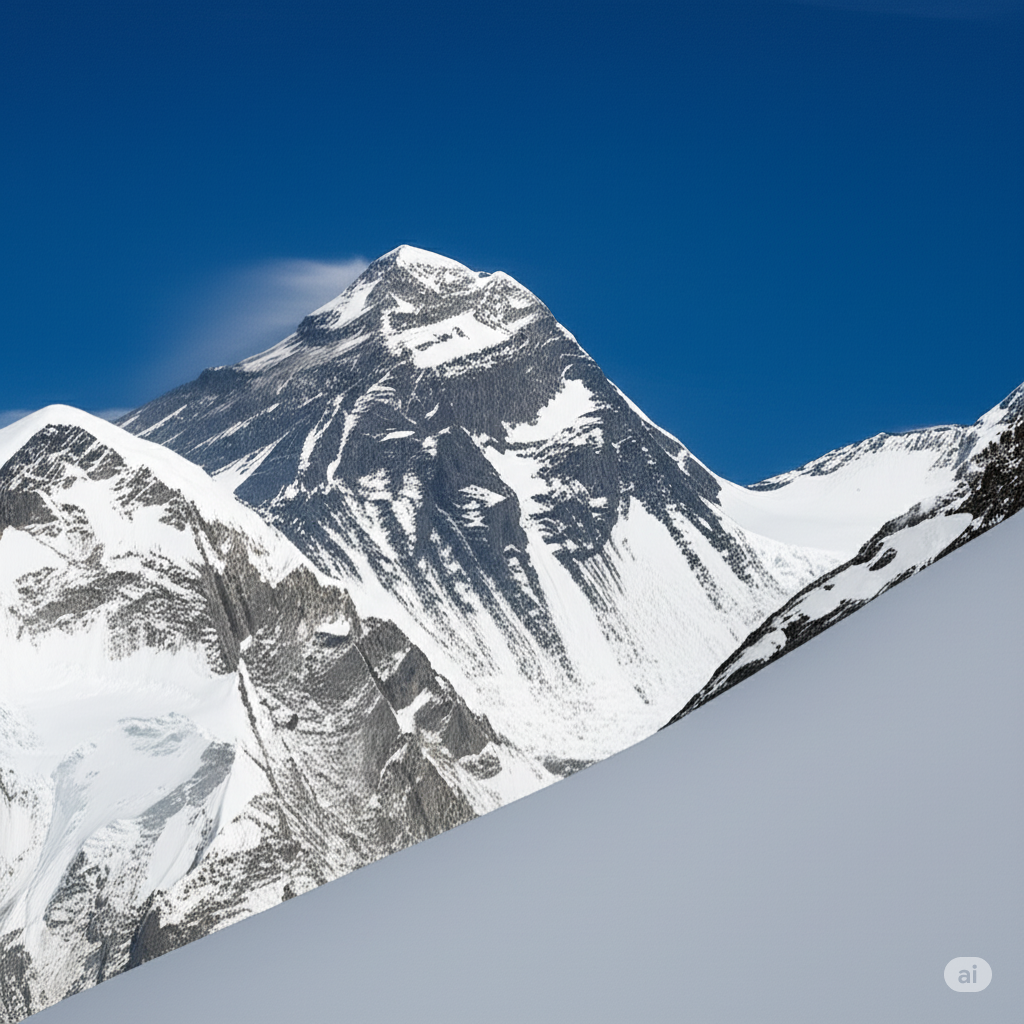
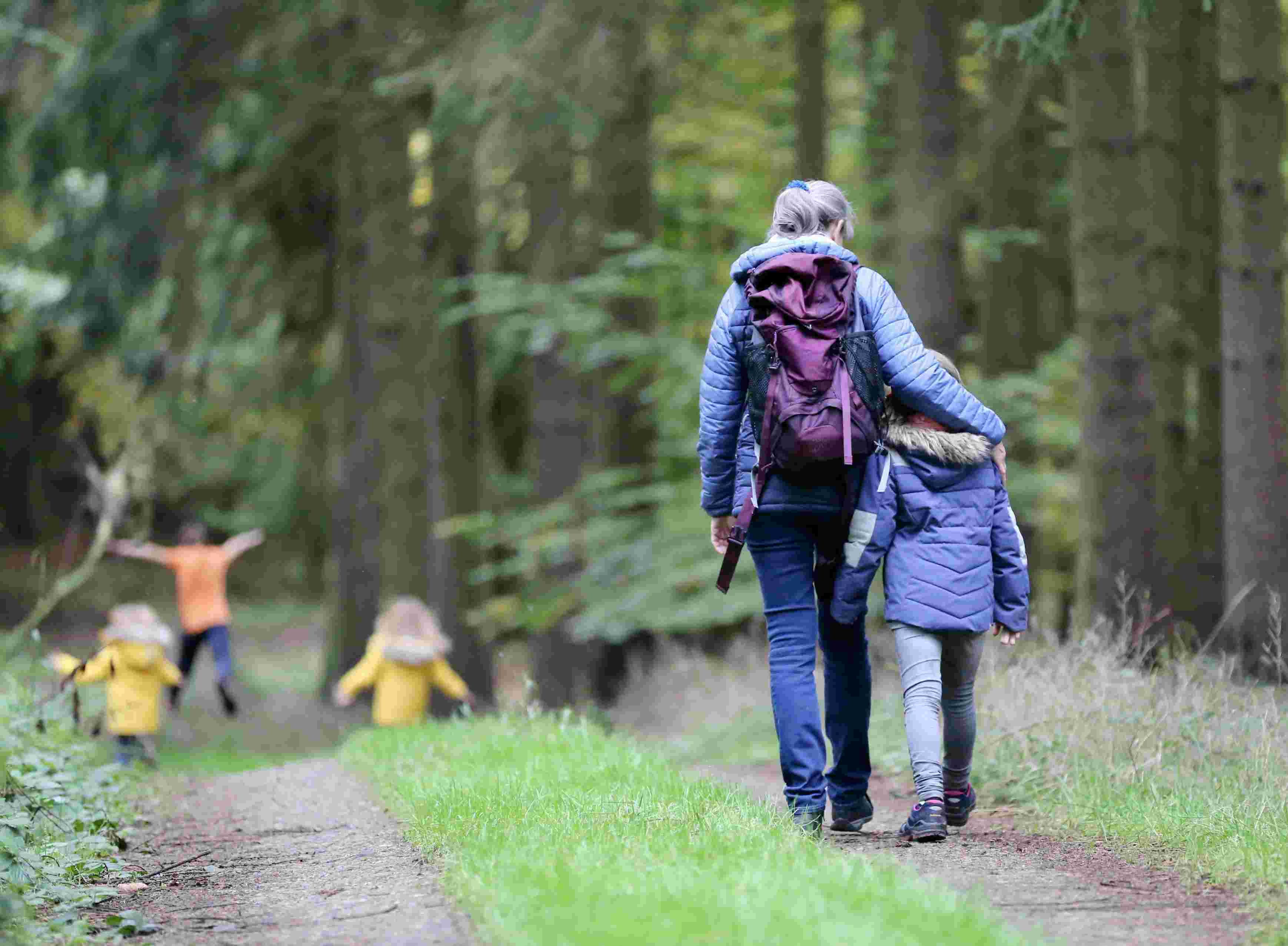

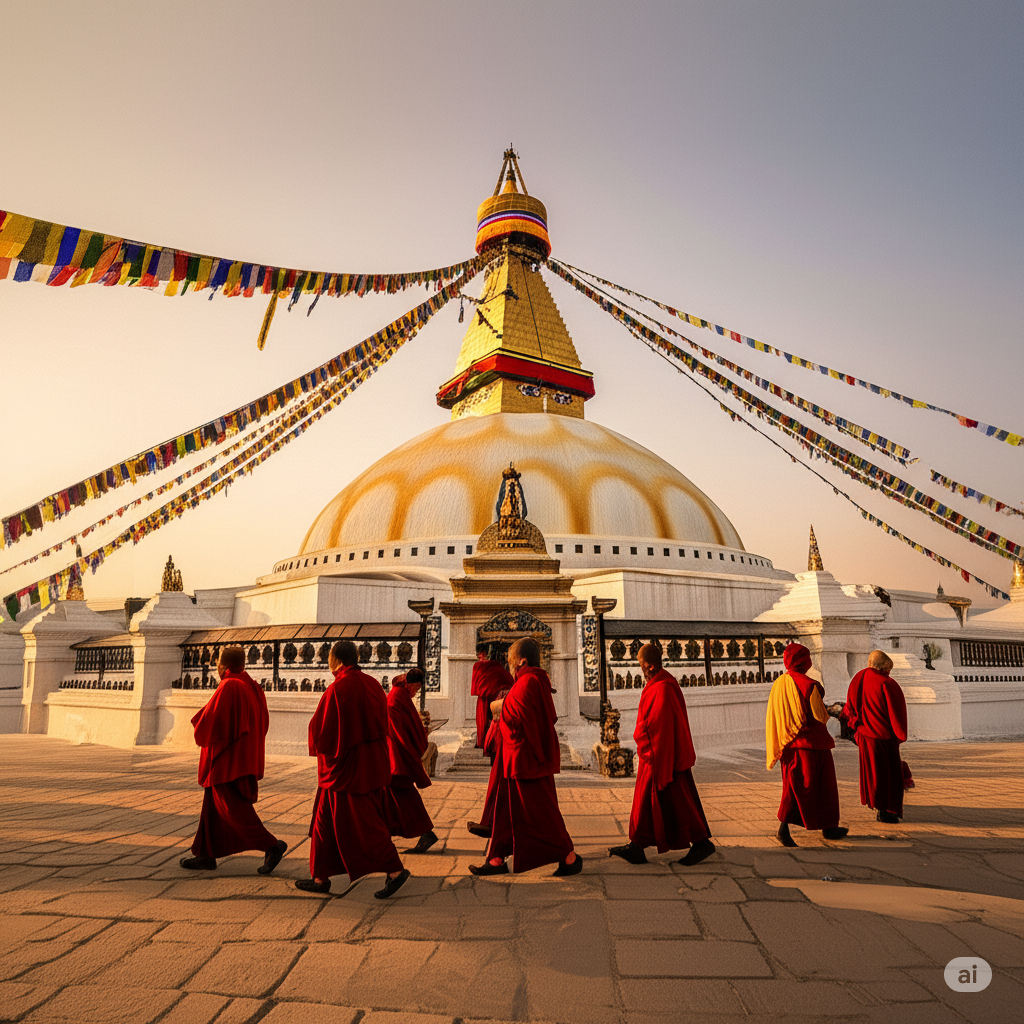
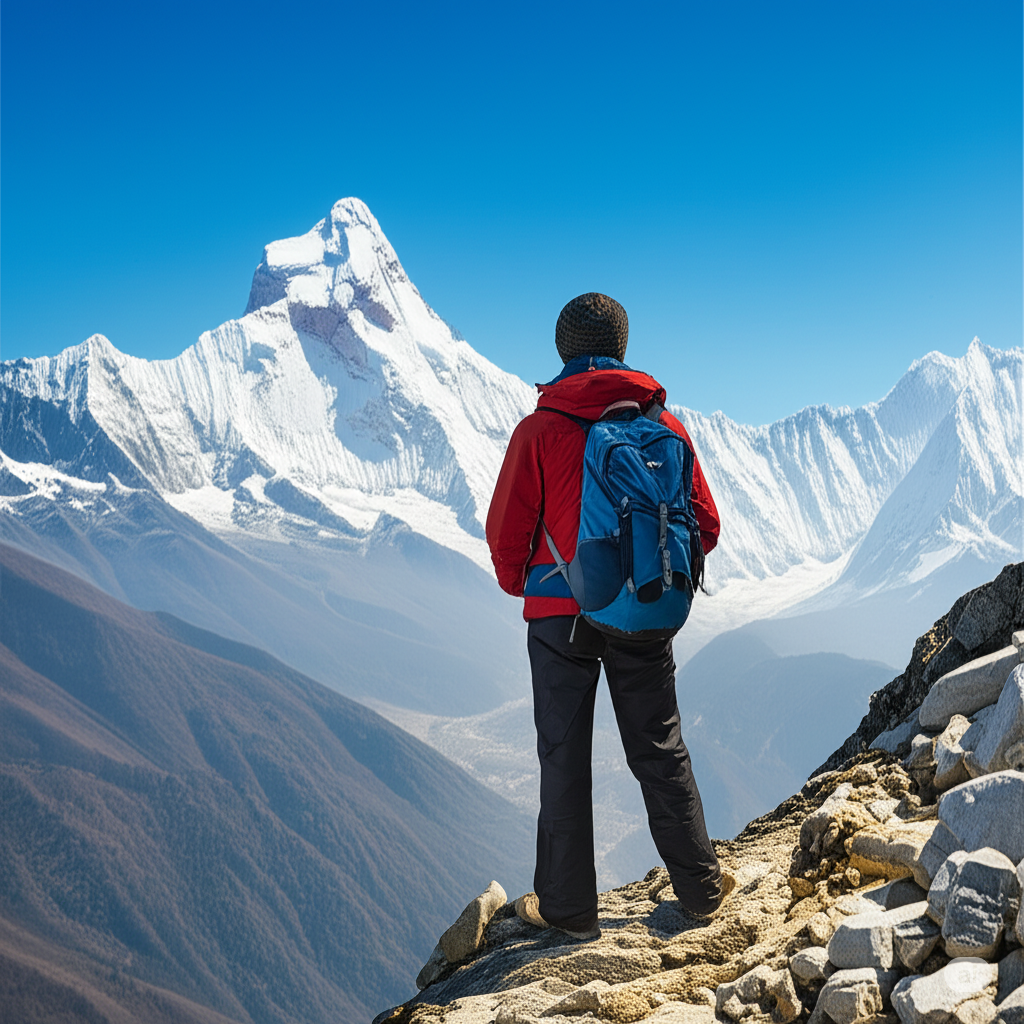
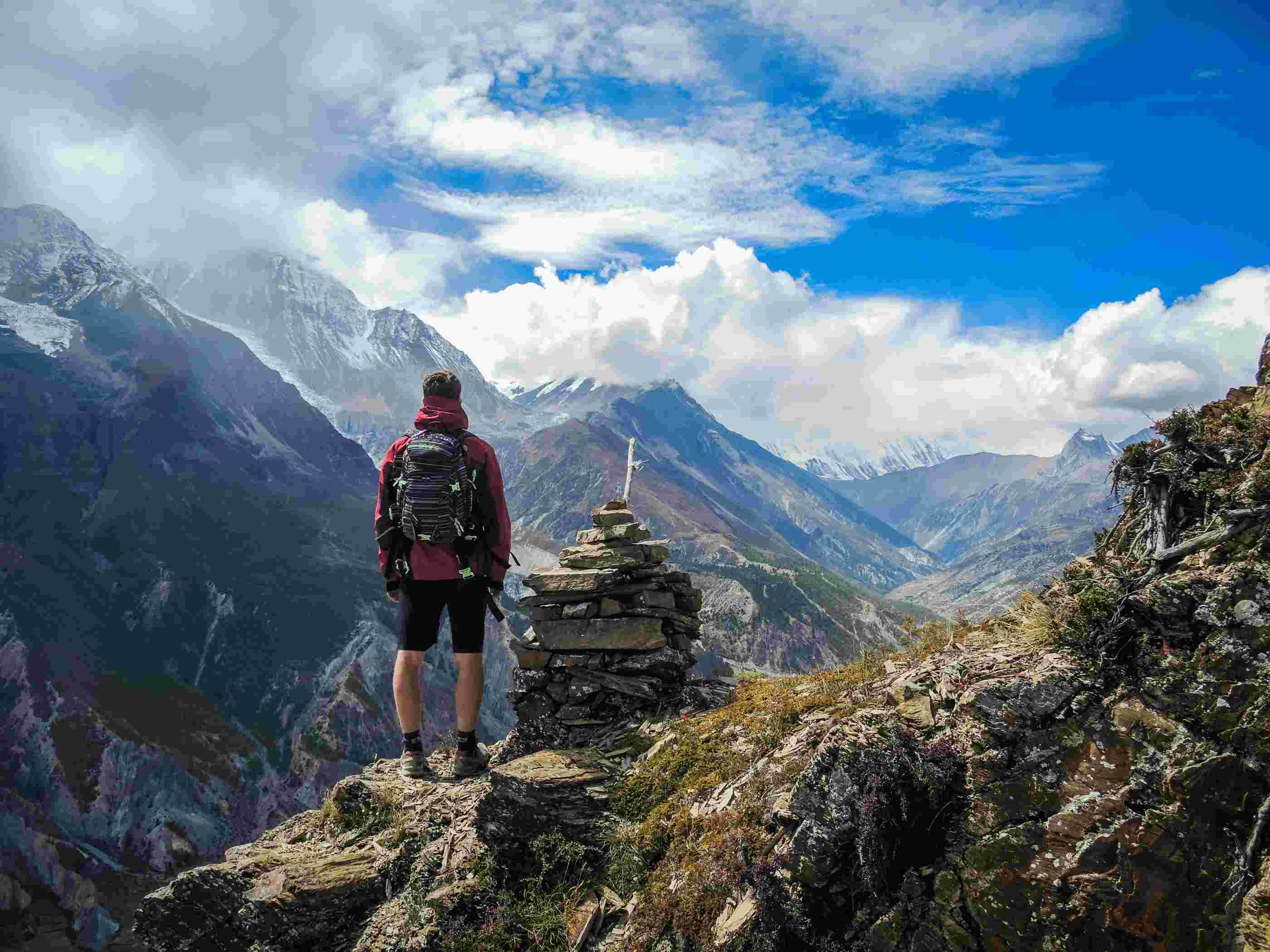

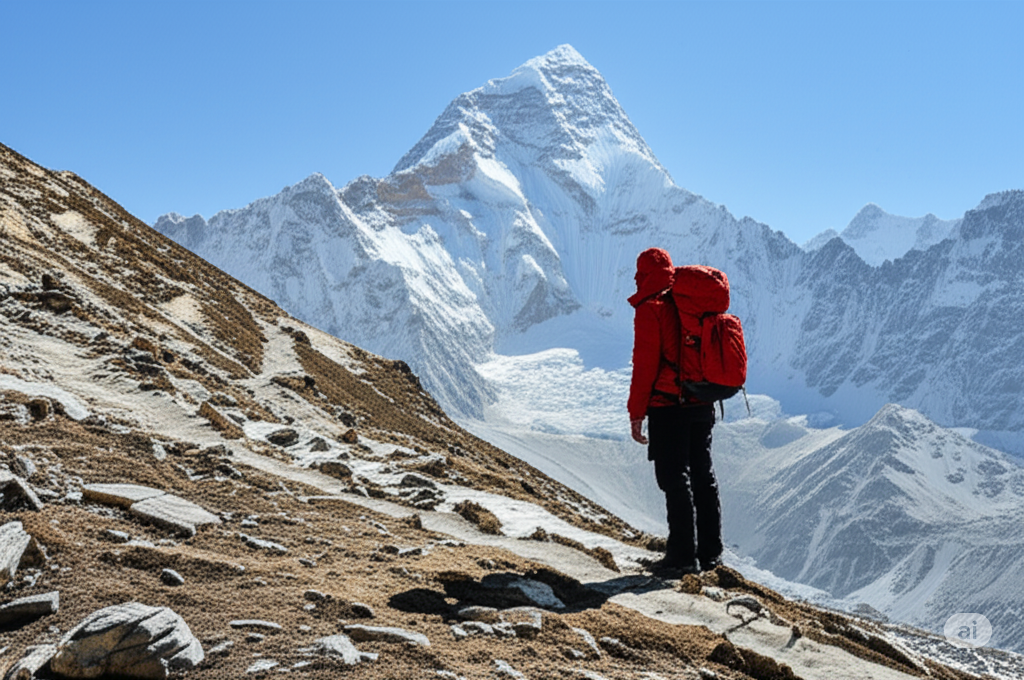
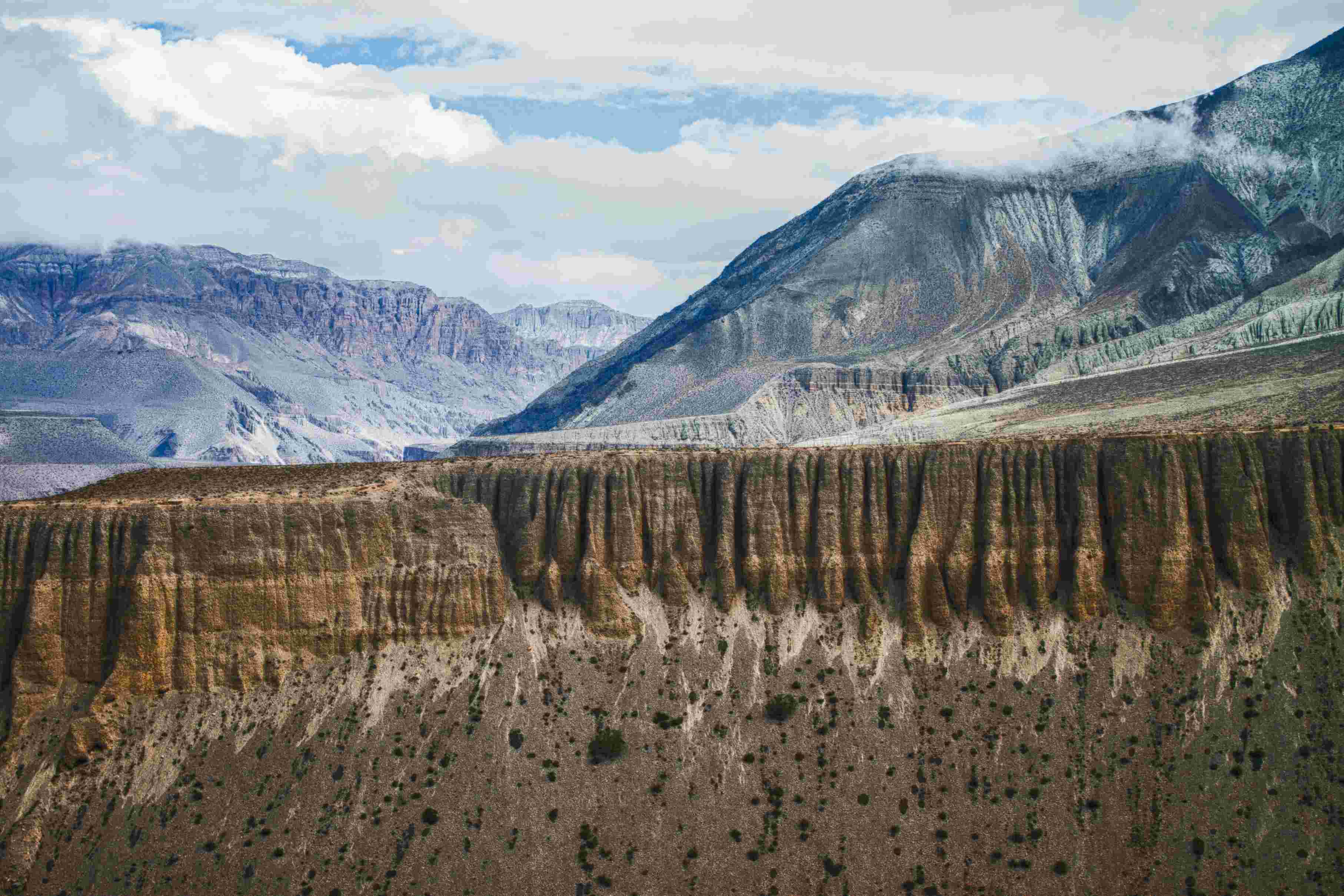
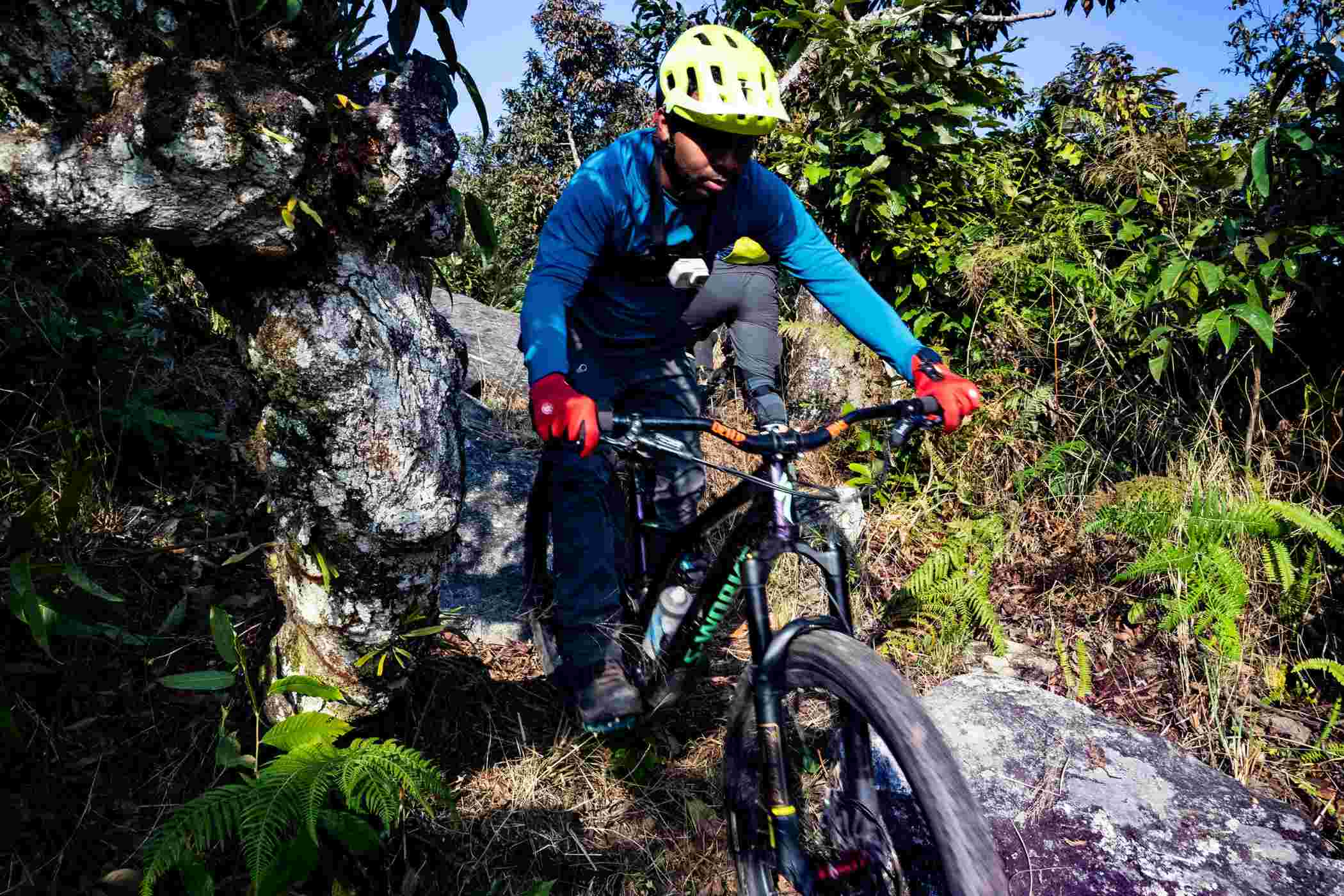
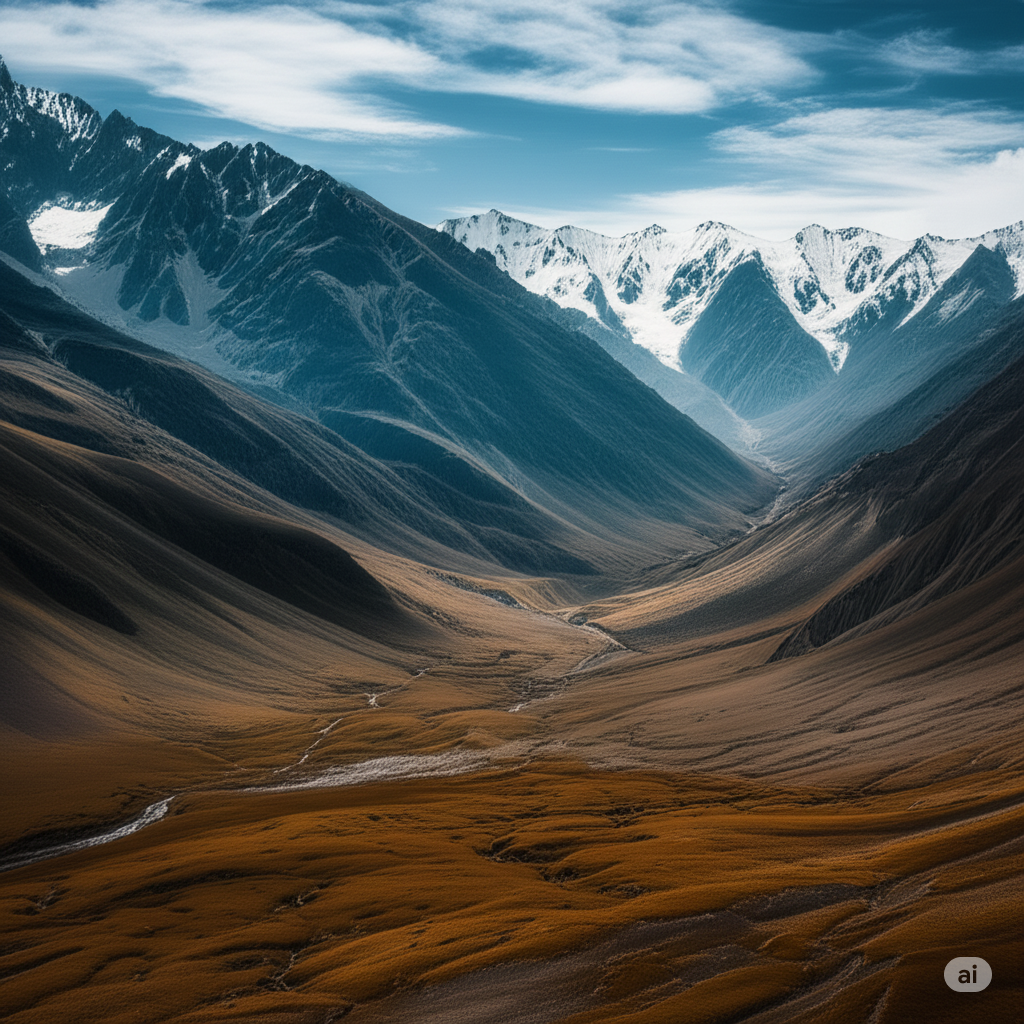
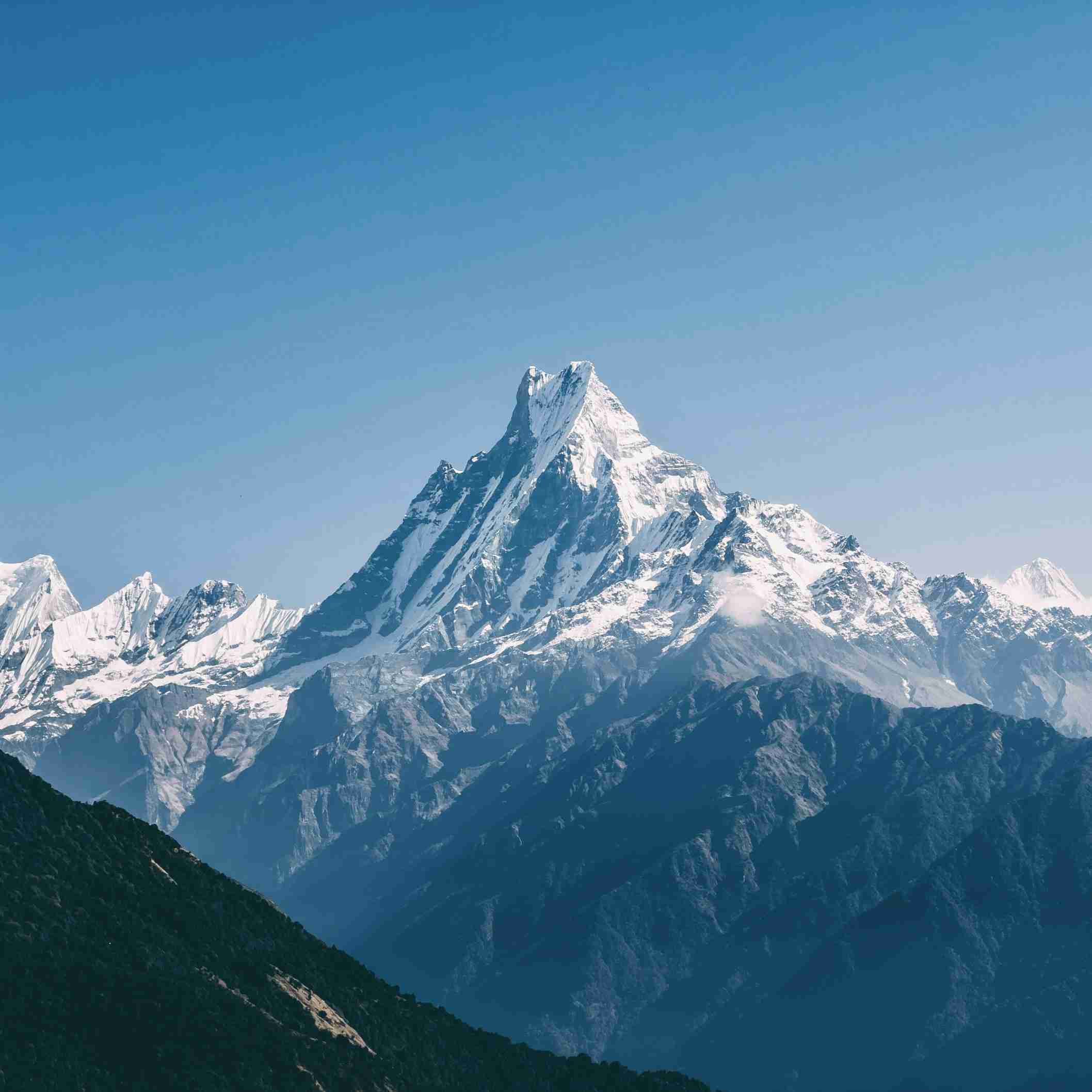
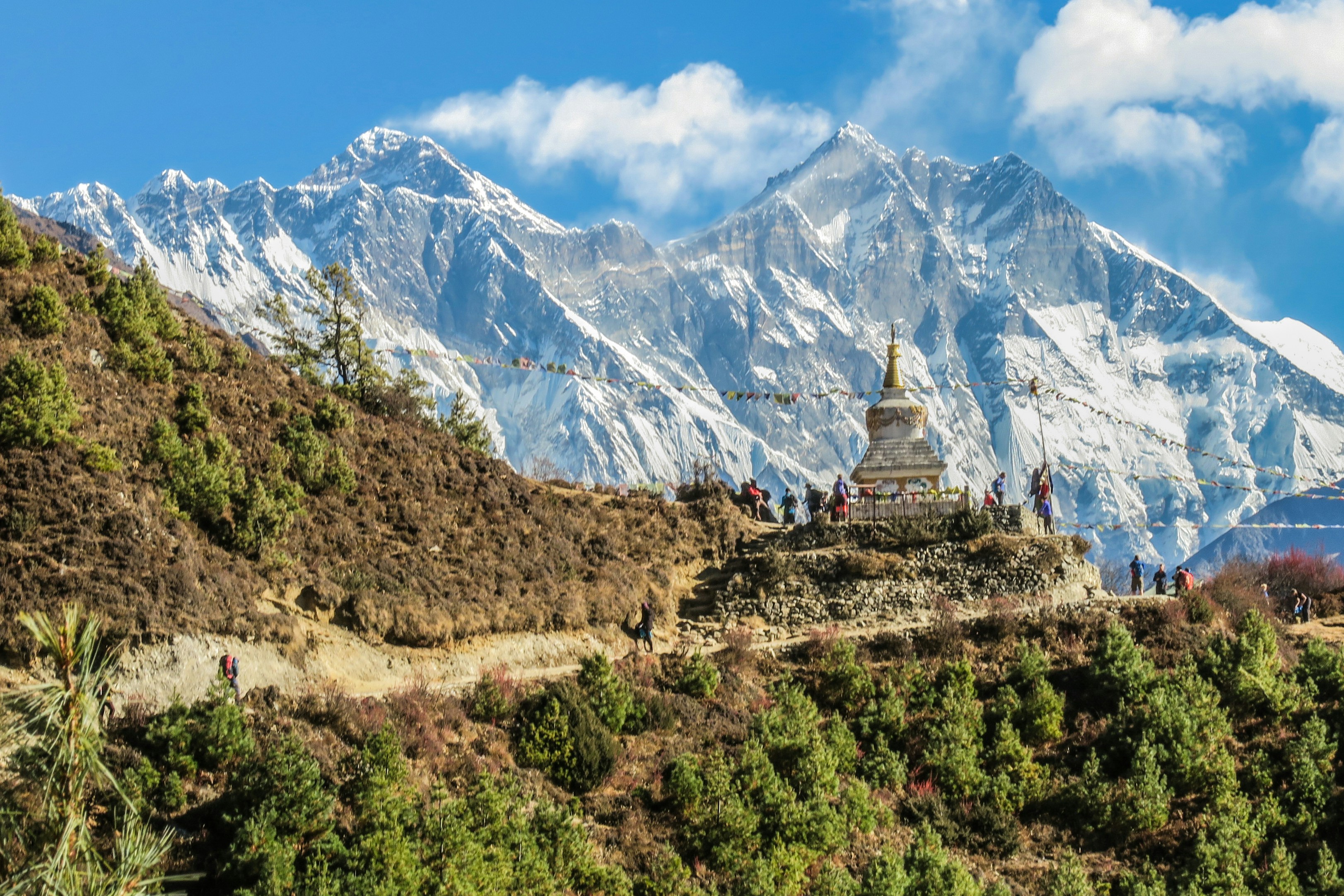
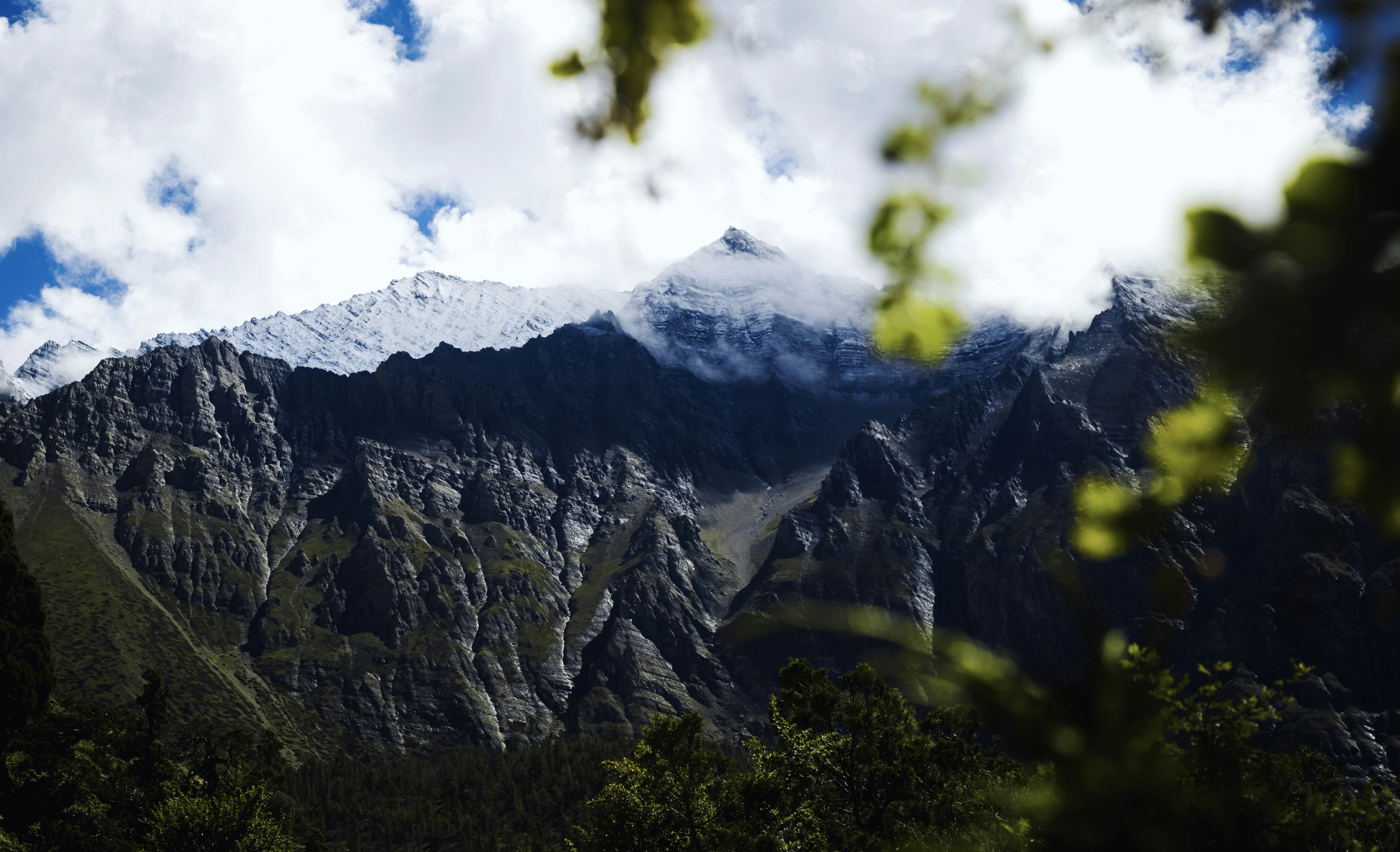
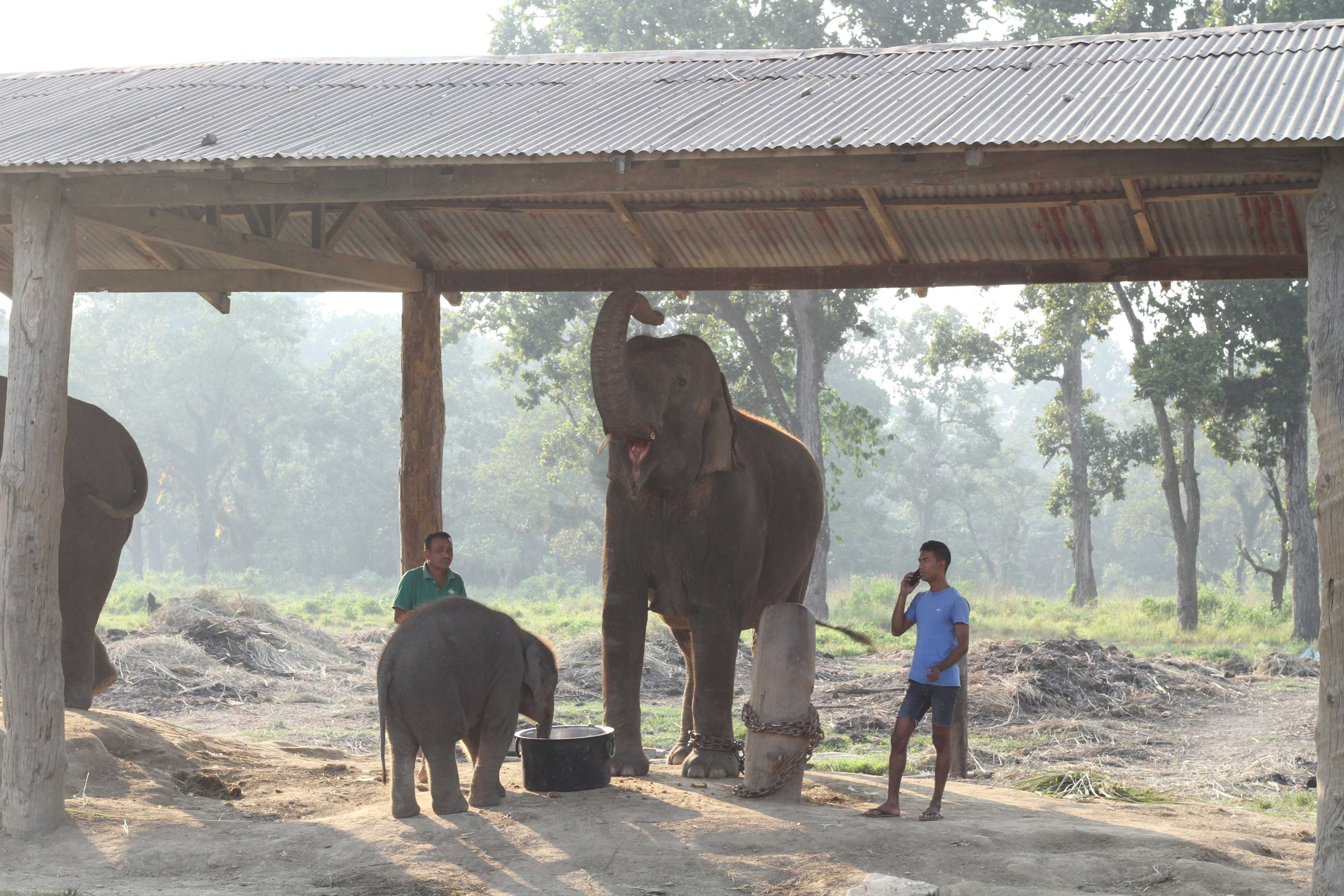
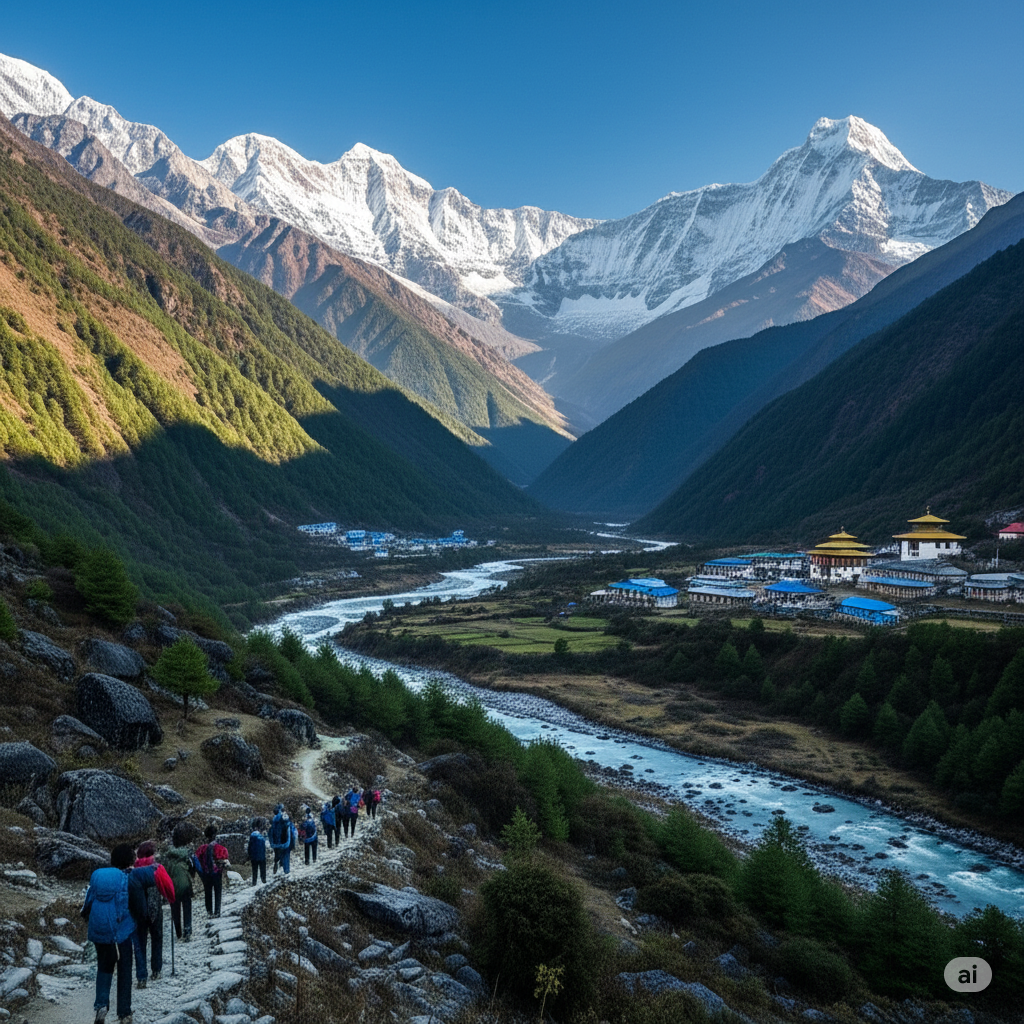
Comments
LOGIN TO POST COMMENT